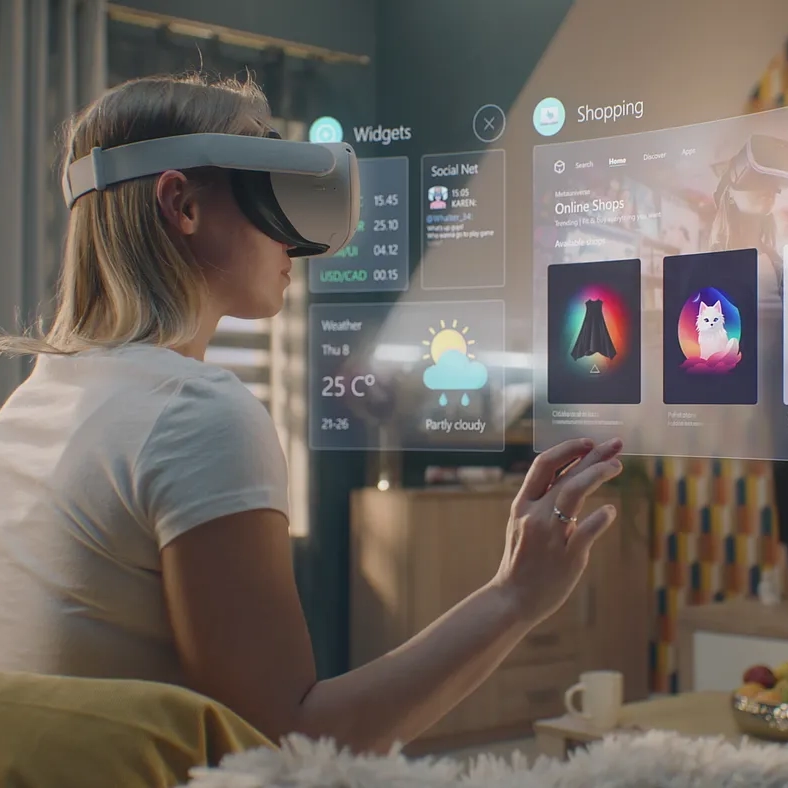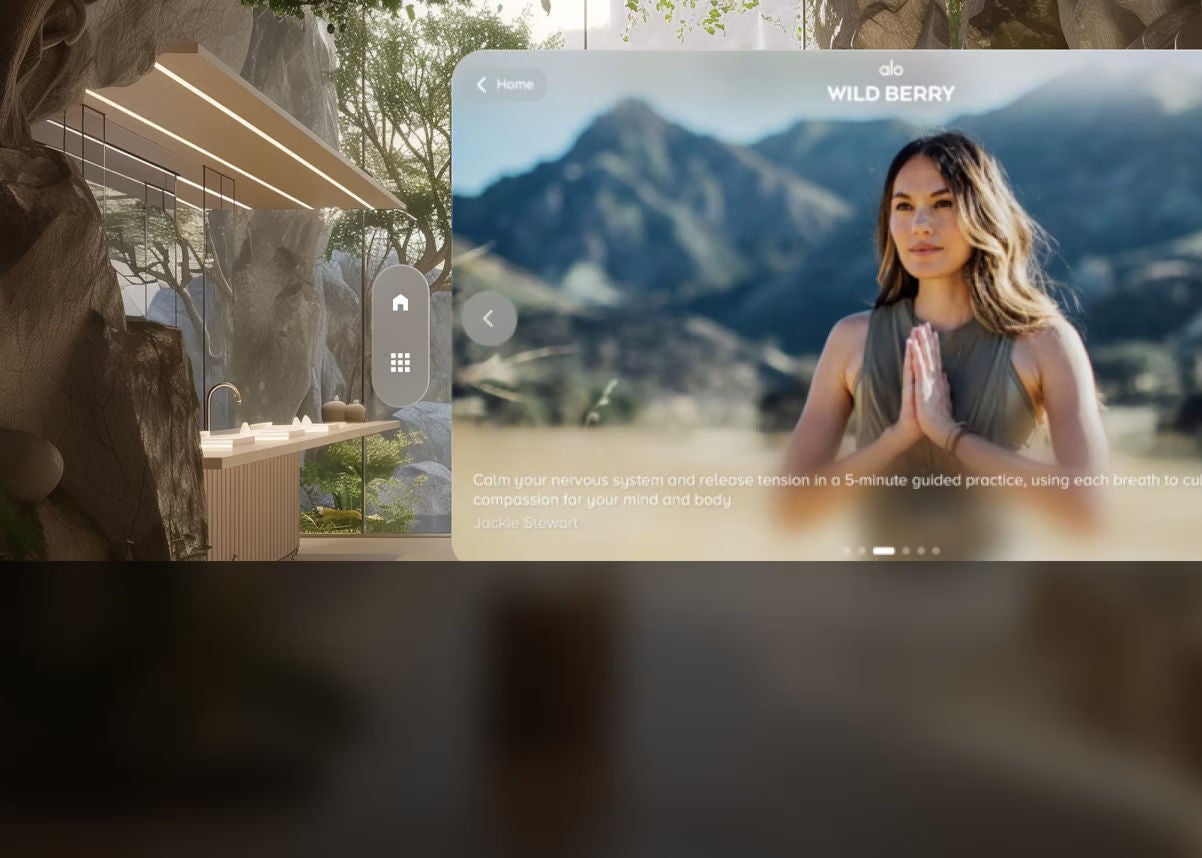Consumers who opt in could be identified when they enter the store by authenticating through their app or facial recognition. This would let sales associates — human or AI-powered — access their purchase history, preferences and loyalty status to provide bespoke service.
For you
Find a card
Ways to pay
Protecting you
Get support
Experience Mastercard
For business
Explore solutions
Explore by industry segment
For the world
Making an impact
Empowering people
Pathways to prosperity
Preserving the planet
About Mastercard
For innovators
Build with us
Partner with us
Explore with us
Engage with us
News and trends
Newsroom
Featured topics
Insights & reports
Press resources
Investor relations

